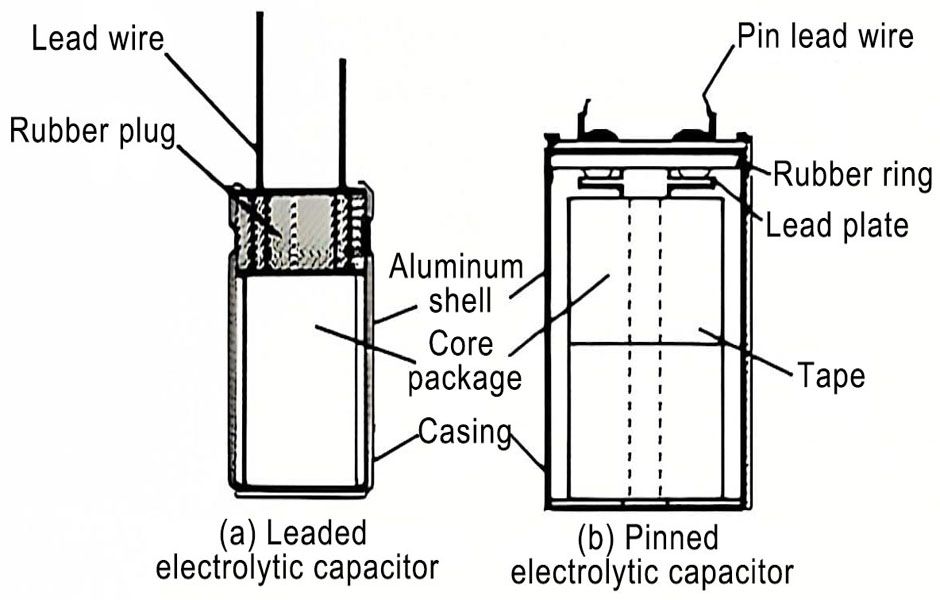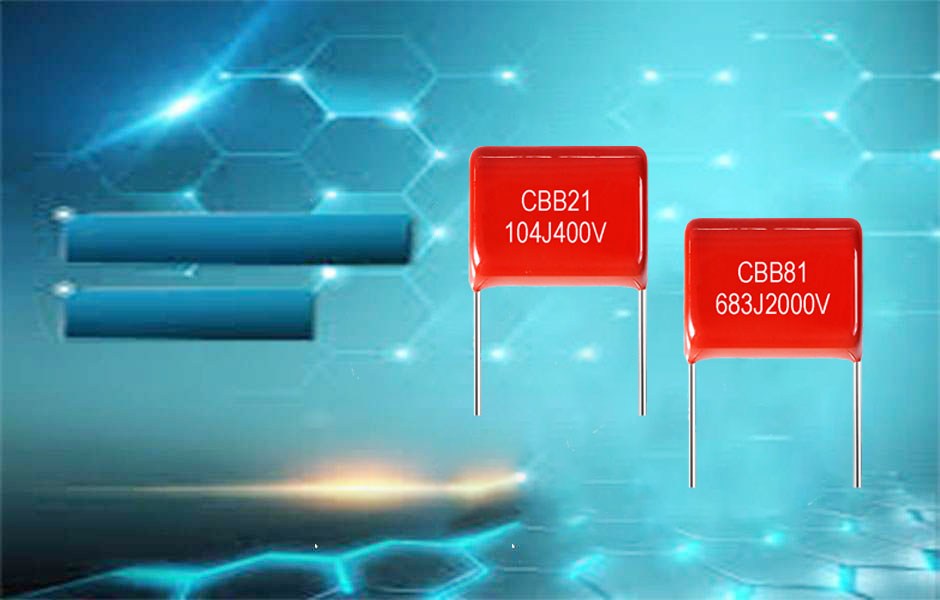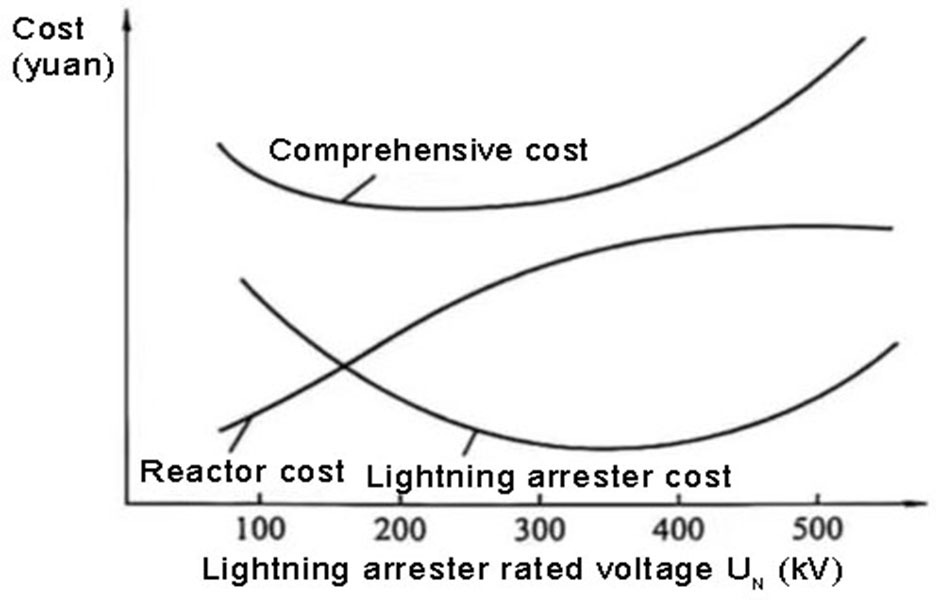Electrolytic capacitor five main characteristic parameters : nominal capacitance and allowable deviation, rated voltage, insulation resistance, loss and frequency characteristics.
- Nominal capacitance and allowable deviation of electrolytic capacitor
Nominal capacitance is the capacitance marked on the capacitor. The deviation between the actual capacitance of the capacitor and the nominal capacitance is called the error, and the accuracy within the allowable deviation range.
Correspondence between accuracy level and allowable error: 00 (01)-± 1%, 0 (02)-± 2%, I- ± 5%, II- ± 10%, III- ± 20%, Ⅳ-(+ 20% -10%), Ⅴ-(+ 50% -20%), Ⅵ-(+ 50% -30%)
General capacitors are commonly used in grades Ⅰ, Ⅱ, and Ⅲ, and electrolytic capacitors are used in grades Ⅳ, Ⅴ, and Ⅵ, depending on the application.
- Rated voltage of electrolytic capacitor
At the lowest ambient temperature and rated ambient temperature can be continuously added to the capacitor’s highest DC voltage effective value, generally directly marked on the capacitor shell, if the operating voltage exceeds the capacitor’s withstand voltage, the capacitor breaks down, causing irreparable permanent damage.
- Insulation resistance of electrolytic capacitor
DC voltage is applied to the capacitor and a leakage current is generated. The ratio between the two is called the insulation resistance. When the capacitance is small, it mainly depends on the surface state of the capacitor. When the capacity is> 0.1uf, it mainly depends on the performance of the medium. Capacitor time constant: In order to properly evaluate the insulation of large-capacity capacitors, a time constant is introduced, which is equal to the product of the capacitor’s insulation resistance and capacity.
- loss of electrolytic capacitor
The energy consumed by a capacitor in a unit time due to heat is called loss under the action of an electric field. All kinds of capacitors stipulate the allowable value of the loss in a certain frequency range. The loss of the capacitor is mainly caused by the dielectric loss, the conductivity loss, and the resistance of all metal parts of the capacitor. Under the action of the DC electric field, the loss of the capacitor exists in the form of leakage conduction loss, which is generally small. Under the action of the alternating electric field, the loss of the capacitor is not only related to leakage conduction, but also to the periodic polarization establishment process.
- Frequency characteristics of electrolytic capacitor
As the frequency increases, the capacitance of general capacitors shows a law of decline.




